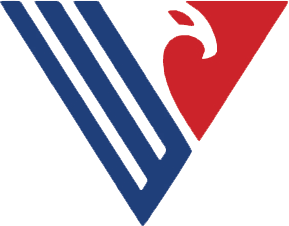A general insurance policy is a contract between an individual or entity (the policyholder) and an insurance company, providing financial protection against specific risks other than life. Here’s a detailed overview of general insurance policies:
Key Components of a General Insurance Policy
1. Policyholder and Insurer:
Policyholder: The individual or entity purchasing the insurance.
Insurer: The insurance company providing the coverage.
2. Coverage Details:
Insured Assets: The specific items or interests covered (e.g., property, vehicle, health).
Risks Covered: Specific risks or perils covered by the policy (e.g., fire, theft, accidents, health issues).
Exclusions: Specific risks or conditions not covered by the policy (e.g., pre-existing conditions in health insurance, wear and tear in property insurance).
3. Policy Term:
The duration for which the policy is valid, usually one year, after which it must be renewed.
4. Premium:
The amount paid by the policyholder to the insurer to maintain the coverage. Premiums can be paid annually, semi-annually, quarterly, or monthly.
5. Sum Insured:
The maximum amount the insurer will pay for a covered loss.
6. Deductibles and Co-pays:
Deductible: The amount the policyholder must pay out-of-pocket before the insurer pays a claim.
Co-pay: A percentage of the claim amount that the policyholder must pay.
7. Policy Documents:
The official documents outlining the terms, conditions, coverage, exclusions, and endorsements of the insurance policy.
Types of General Insurance Policies
1. Health Insurance:
Covers medical expenses, hospitalization, surgeries, and preventive care. Policies can include individual plans, family floater plans, and critical illness plans.
2. Motor Insurance:
Third-Party Liability: Covers damages to third parties caused by the insured vehicle.
Comprehensive Coverage: Covers third-party liability and damages to the insured vehicle due to accidents, theft, fire, and natural disasters.
3. Home Insurance:
Covers damages to the home and its contents due to fire, theft, natural disasters, and other specified risks.
4. Travel Insurance:
Covers trip cancellations, medical emergencies, lost luggage, and other travel-related incidents.
5. Property Insurance:
Protects commercial and personal properties against risks like fire, theft, and natural disasters.
6. Liability Insurance:
Covers legal liabilities to third parties for damages or injuries. This includes public liability, product liability, and professional liability insurance.
7. Marine Insurance:
Covers goods, cargo, ships, and other maritime interests against losses or damages during transit.
Claims Process
Filing a Claim: The policyholder must notify the insurer of a loss or damage, providing necessary documentation and evidence.
Assessment: The insurer assesses the claim, verifying the validity and extent of the loss.
Approval and Payment: Once approved, the insurer pays the claim amount according to the policy terms, less any deductibles or co-pays.
Benefits of General Insurance Policies
Financial Protection: Mitigates financial losses due to unforeseen events.
Peace of Mind: Provides security against potential risks and uncertainties.
Risk Management: Helps individuals and businesses manage and transfer risk.
General insurance policies are crucial for safeguarding against various non-life risks, providing essential financial protection and security.







- Registered Address:
- Eagle Vision Insure Wealth,
- Office No. 401, 4th Floor, Rimson Estate Premises,
- Behind Evershine Mall, Off Link Road, Malad West,
- Mumbai - 400064, Maharashtra.
- : +91 7400171187
- : +91 22 40025494
- : enquiry@eaglevisioninsure.com




